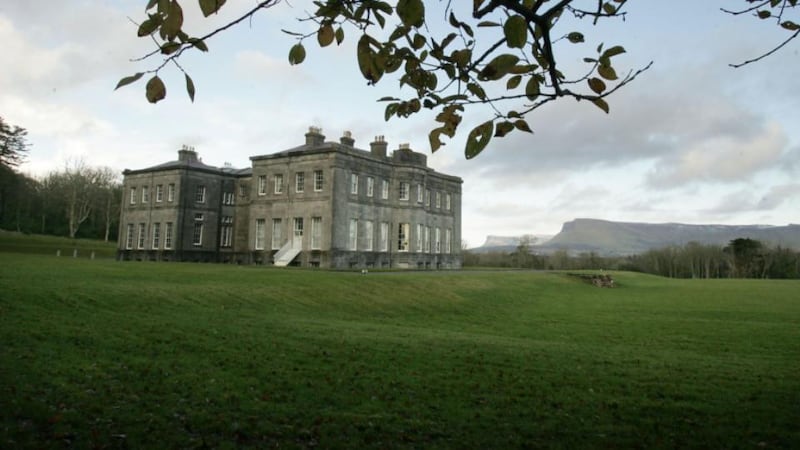The owners of Sligo's Lissadell House have secured a Supreme Court ruling that there are no public rights of way across most of four routes through the historic estate.
The court found there is a public right of way across part of a coastal route in the estate extending from the Bunbrenoige Bridge.
The five judge Supreme Court today gave its lengthy reserved judgment on the appeal by barristers Constance Cassidy SC and Edward Walsh SC against a High Court decision rejecting their claim that no public rights of way exist across four routes in the 410-acre estate.

The owners were not in court for the ruling but members of their family were, including Ms Cassidy’s sisters Isabel and Pamela and her brother Frank.
Lissadell was the former home of the Gore-Booth family, of whom Constance Gore Booth, later Countess Markievicz, became the first woman in the world to hold a seat in Cabinet after her appointment as minister for labour in the first Dáil. She was also the first woman to be elected to the British House of Commons in 1918 but refused to take her seat.
Ms Cassidy and Mr Walsh bought the estate in 2003 for €4 million from Sir Josslyn Gore Booth and spent some €9.5 million restoring it. In proceedings against Sligo County Council lasting 58 days in the High Court, they sought declarations that four routes through the estate were not subject to any public rights of way while the council counter-claimed that they were.
In his judgment of December 2010, Mr Justice Bryan McMahon found there was a “user of right” over the four avenues in the estate from the early 1950s at least. From these findings of fact, an inference of a dedication to the public over these routes was “clearly warranted”, he said.
The judge said the public rights of way should be used only during daylight hours. Vehicular traffic using the estate should observe reasonable speeds and limited parking in certain areas should continue, providing that caused no obstruction, he added.
He also urged the public to exercise their rights in a way sensitive to the rights of Ms Cassidy and Mr Walsh.
The couple appealed to the Supreme Court on a range of grounds. Today, the court found the High Court had erred in several of its findings, including that Sir Robert Gore Booth and his son Newcomen had dedicated public rights of way in the period from 1857-1861.
That finding could not be sustained for two reasons, it said. These were that public user upon which the finding was based had commenced in the 1950s which is within living memory and could not be a logical basis for a finding of dedication by reference to that user almost a century later.
Dedication by Sir Robert Gore Booth would have been entirely inconsistent with undisputed evidence that Sir Robert had developed the estate, Lissadell House and surrounding demesne in accordance with a strict policy of privacy and security, the court said.
The case has been adjourned to allow the sides consider the judgment with costs and other issues to be decided later. The costs of the case to date are believed to exceed €7 million.










